


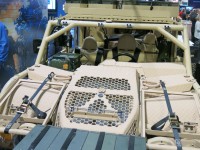





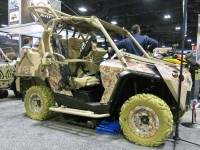


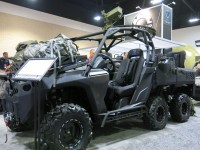

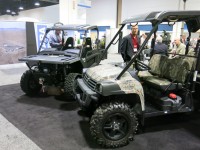

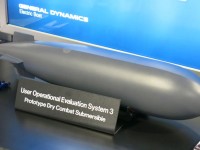

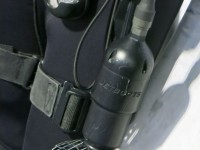


Click on each photo to view a larger version. Click on the larger image to return to the collection.
Samples of the full size images are provided as a courtesy for all our readers.
Defense-Update Gold Members have access to all images in full size.
All photos: Copyright 2014 by Defense-Update, Photographer: Tamir Eshel



Click on each picture to view a larger format. Click on the large picture to return to the collection.





















